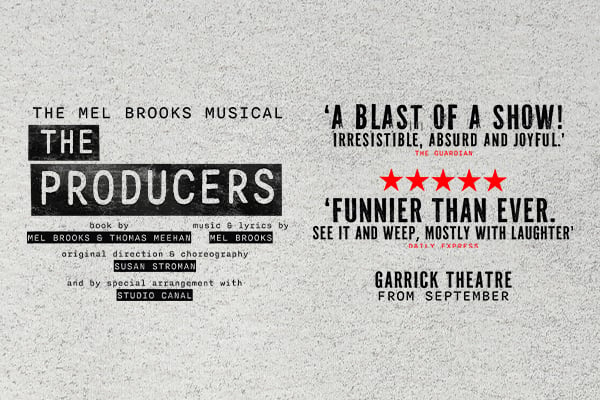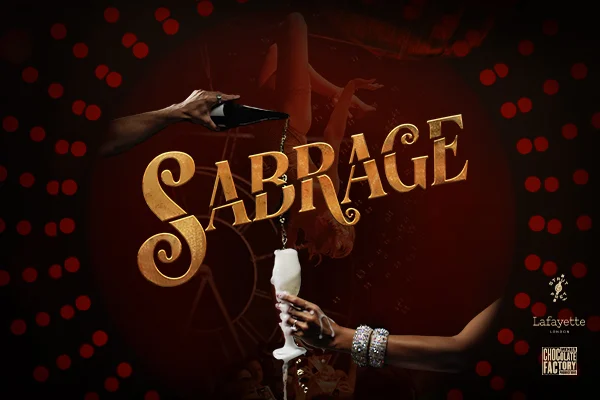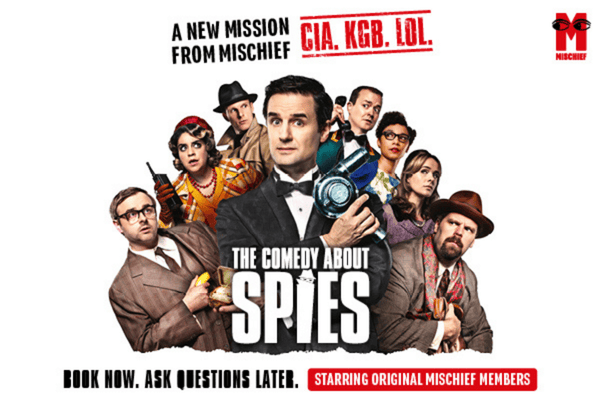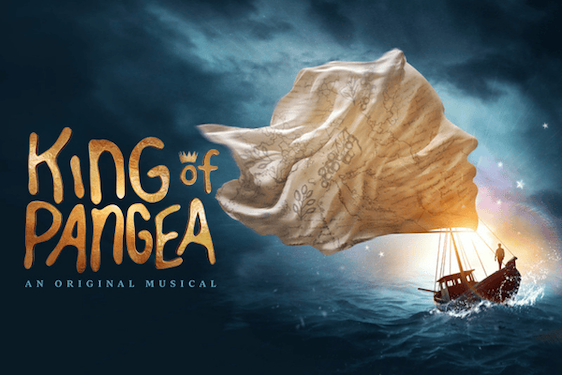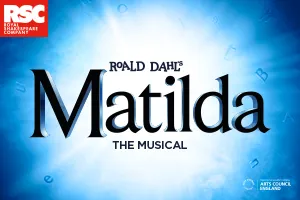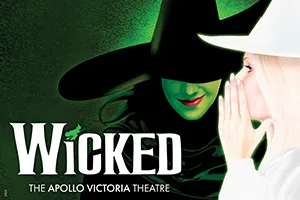Unless it has the sophistication of a Sondheim, or the renown and heritage of a Rodgers and Hammerstein, it’s rare to see a musical on a National Theatre stage.
See Standing at the Sky’s Edge now. Enjoy the bragging rights when it is still playing theatres in years to come.
Some plays do come with the occasional song added, but usually just as a side dish. You wouldn’t categorise a Threepenny Opera with a Thriller, or a Wuthering Heights with a Wicked.
Not a great portent for new musical, Standing at the Sky’s Edge. The Sheffield Crucible’s 2019 production finally makes its delayed London transfer… to play the National’s Olivier. It won’t help when the memory of the National’s last foray into new musicals, Hex, must still linger backstage like a fart in a lift.
However, the worry is unnecessary. This is what a new musical should be. It feels fresh and contemporary, but with all the elements that make for classic musical theatre. Visually stunning and directed with a balletic finesse, you’ll laugh, you’ll cry, and you’ll be blown away by the powerhouse of singing talent in front of you.
Filled with spirit
The show’s appeal may not be immediately clear. As a title, Standing at the Sky’s Edge sounds more fitting for a suicide note than a musical medley. Even the posters make it look as dreary as a John Osborne revival.
The location is the not particularly glamorous Park Hill housing estate in Sheffield. It was one of many tower block dominated buildings hurriedly, and shoddily, erected across the UK in the 1950s and 60s.
Trust me, things are not as bleak as this may suggest.
Sure, it is more real life than Happy Ever Afters. But it is a slice of recent history, not fiction. And yes, you may shed a tear or two. But hey, it’s a musical, waddaya expect?
Ultimately this is a show that bursts with spirit and energy. It leaves you feeling excited just to be at the theatre.
Local setting, global story
Three timelines run concurrently, each unfolding during a key time in Park Hill’s development. Human faces given to moments we’ve stored in our heads. Human emotions shown in struggles we’ve stored in our hearts.
The first is when these ‘streets in the sky’ represented a post-war Britain, filled with hope. They showed a Britain not clambering unsteadily to its feet but reaching upwards to the heavens.
Then a few decades on, when Park Hill had evolved from a beloved beacon of society to a bothersome blemish on its behind. A time when the name became shorthand for the unwanted, the unwashed, and the unsafe.
Finally, a few decades more, when blocks were rebuilt, refurbished, and rebadged as apartments. Existing tenants moved on or were moved out. Young professionals moved in. Park Hill became Parkhill.
The events, the challenges, the politics… different specifics for different timelines. But through them all, we hear the heartbeat of hope.
The closeness of Park Hill has led Yorkshire residents to fall in love with the show already. But, like the Liverpool of Blood Brothers and the Newcastle of Billy Elliott, it’s a local setting for a global story.
A Tale of ‘Three’ Cities
Large digital cubes fly in to tick off the years on each timeline as scenes play alongside each other. It’s a tale of three cities as we see three sets of residents arriving at, living in and leaving the same flat.
Covering 1960 to 1989 are young newly-weds: youngest-ever-foreman-and-proud-breadwinner, Harry and too-spirited-to-be-just-a-housewife, Rose.
Robert Lonsdale’s haunting voice gives chills as he declines alongside his steelworks employer. Rachael Wooding has a fighting spirit even as she moves herself – and us – to tears when singing. They have a son…
…who becomes Jimmy (Samuel Jordan), a tender lost soul with a rock-star voice. He falls in love with Joy (Faith Omele): resident from 1989 to 2004 and the charge of her cousins George (Baker Makasa, who is the first to bring the audience to its feet with his rousing rendition of Tonight the Streets are Ours) and Grace (Deborah Tracy).
This family are escaped from war-torn Liberia, and housed in Park Hill during its time of dilapidation. In this supposed refuge, they are immediately taught that to stay safe, they must stay inside and the door should stay locked.
Omele effortlessly ages Joy from a confused, frightened teen, to a young mother for whom the estate becomes home. Only when tragedy strikes does she finally leave with her daughter…
…who becomes Connie (Bobbie Little), and metaphorically watches over the residents. In another nod to Willy Russell’s classic, she narrates in fourth wall breaking verse. Connie is also the agent letting the property to…
…London lesbian Poppy (Alex Young) taking the now regenerated apartment in 2015 as she tries to escape a painful break-up. Poppy is desperate to be loved, to be liked, to not be lonely. Despite this suffocating self-pity, Young makes it impossible not to warm to her.
Her voice also contrasts beautifully in duets with the Winehouse-esque qualities of returning girlfriend Nikki (Maimuna Memon). And there is plenty of fun to be had in her scenes with her (and everyone’s) mother (Nicola Sloane) who can’t disguise an edge of judgement when offering support.
Looked at individually, the characters and their respective arcs don’t offer many surprises. Played together they provide dynamism and pace. Scenes overlap and flow into, around, and over each other. One time, the three sets of residents sit at the same dinner table, sharing the same bottle of Henderson’s Relish, but remaining clearly decades apart.
Lines blur between Chris Bush’s direction and Lynne Page’s choreography: tightly marked movement that remains languidly smooth and hypnotic.
Stunning
Richard Hawley’s music isn’t an obvious choice for what is, ultimately, a jukebox musical. Chances are if you’re a Dad in your early 40s with a stash of NMEs stored in the attic, you will already know Hawley. If not, think 50s rockabilly with echoes of country tied together by a string of 90s angst.
You can see why the back catalogue of the ex-Pulp and ex-Longpigs singer may be atypical for the genre.
As you’d expect, some songs are woven into the storylines and sang by the respective characters. But others are delivered as narrative asides; inspired by and underscoring the events rather than developing the story.
These are the times your heart gets pumping. One, two, or a chorus from the cast take to the stage – not as characters – and deliver performances befitting a gig finale. The most phenomenally strong voices you’re likely to hear outside a concert venue, give the songs new life. Not ‘musical theatre’ voices, but each possessing a unique quality and singing style for which they could be individually renowned.
To be clear, this isn’t a group of actors who can sing. This is a group of people who could easily be recording artists. Along with those already named, special mention must go to Darragh Cowley, David McKechnie and Rachael Louise Miller. Stunning. Stunning. Stunning.
Built for theatre
This is a show built for theatre. (Though no doubt it will also be a film before the decade is out.) The stage looks like it has been created for the sole purpose of housing Ben Stones’ set. Capturing the Brutalism seen on new buildings of the time (looking at you, National Theatre), Sheffield’s Park Hill is a sprawling mass of concrete blocks, balconies, and walkways.
Every inch of the space is used to full effect but never crowded. Page’s sublime choreography is the embodiment of emotion as the entire cast merge and divide as time progresses.
Standing at the Sky’s Edge is a must-see show. It reminds you of hope. It reminds you of the power of tomorrow. And it reminds you of the need to carry tissues with you during shows like this.
If we put aside more recent memories, we may remember musicals at the National Theatre a little differently. We may recall a shortlist of successes that includes Hadestown, London Road and Jerry Springer: The Opera.
That shortlist has just got longer.
See Standing at the Sky’s Edge now. Enjoy the bragging rights when it is still playing theatres in years to come.









